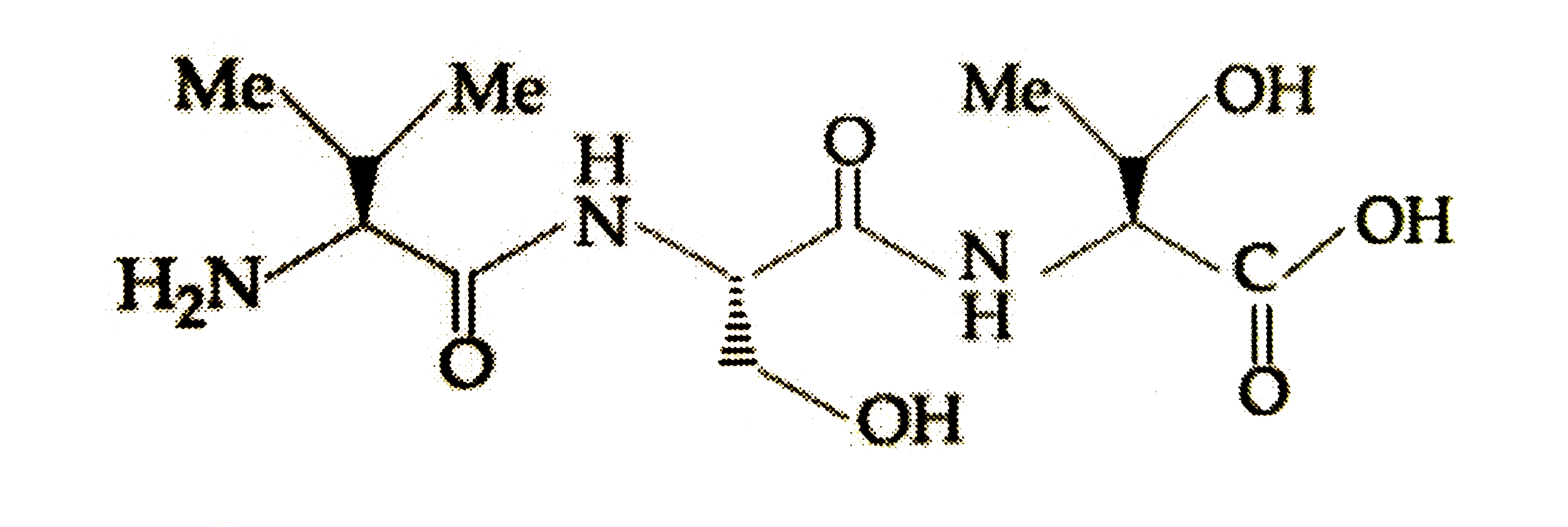There is only one possible sequence of amino acids when deduced from a given nucleotides. But multiple nucleotides sequence can be deduced from a single amino acid sequence. Explain this phenomena.
To explain the phenomenon where there is only one possible sequence of amino acids deduced from a given nucleotide sequence, but multiple nucleotide sequences can correspond to a single amino acid sequence, we need to understand the concept of the genetic code and its characteristics.
1. Understanding the Genetic Code: The genetic code consists of sequences of nucleotides (DNA or RNA) that are translated into amino acids, the building blocks of proteins. Each amino acid is represented by a specific sequence of three nucleotides called a codon.
2. Codons and Amino Acids: There are a total of 64 possible codons (4 nucleotides raised to the power of 3, since codons are triplets). Out of these, 61 codons code for amino acids, while 3 codons are stop codons that signal the end of protein synthesis.
3. Uniqueness of Amino Acid Sequence: For any given nucleotide sequence (a specific arrangement of nucleotides), there is only one way to read the codons, resulting in a specific sequence of amino acids. This is because the genetic code is non-overlapping and read in a fixed frame.
4. Degeneracy of the Genetic Code: The genetic code is described as degenerate because multiple codons can code for the same amino acid. For example, the amino acid leucine can be coded by six different codons (UUA, UUG, CUU, CUC, CUA, CUG). This means that while a single amino acid can be represented by several different nucleotide sequences, the reverse is not true; a specific nucleotide sequence will always correspond to one unique amino acid sequence.
5. Conclusion: Therefore, the phenomenon can be summarized as follows: the genetic code allows for multiple nucleotide sequences to code for the same amino acid due to its degeneracy, but each specific nucleotide sequence can only yield one unique sequence of amino acids.
Topper's Solved these Questions
- BOOK - TRUEMEN BIOLOGY ENGLISHCHAPTER - GENETICS AND EVOLUTION EXERCISE - SECTION-C45videos
GENETICS AND EVOLUTION
- BOOK - TRUEMEN BIOLOGY ENGLISHCHAPTER - GENETICS AND EVOLUTION EXERCISE - SECTION-D25videos
GENETICS AND EVOLUTION
- BOOK - TRUEMEN BIOLOGY ENGLISHCHAPTER - GENETICS AND EVOLUTION EXERCISE - SECTION-D25videos
GENETICS AND EVOLUTION
- BOOK - TRUEMEN BIOLOGY ENGLISHCHAPTER - GeneticsEXERCISE - ASSERTION AND REASON122videos
Genetics
- BOOK - TRUEMEN BIOLOGY ENGLISHCHAPTER - HUMAN HEALTH AND DISEASEEXERCISE - MULTIPLE CHOICE QUESTIONS209videos
HUMAN HEALTH AND DISEASE
Similar Questions
Knowledge Check
- Question 1 - Select One
The structure formed by the sequence of amino acids in a polypeptide chain is called :
AprimaryBsecondaryCtertiaryDquaternary
The urea is formed from an amino acid
View SolutionThe correct sequence of amino acids present in the tripeptide given below is :
 View Solution
View SolutionWhich of the following hormones is derived from a single amino acid?
View SolutionThe genes that are responsible for directing the sequences of amino acids for a given protein are
View SolutionIdentify the aromatic amino acid from the given option.
View SolutionSequences of DNA can be removed from a genome with the help of
View SolutionThe nucleotide sequence AGGCCGAC can be verified as DNA or RNA segment on the basis of
View Solution

